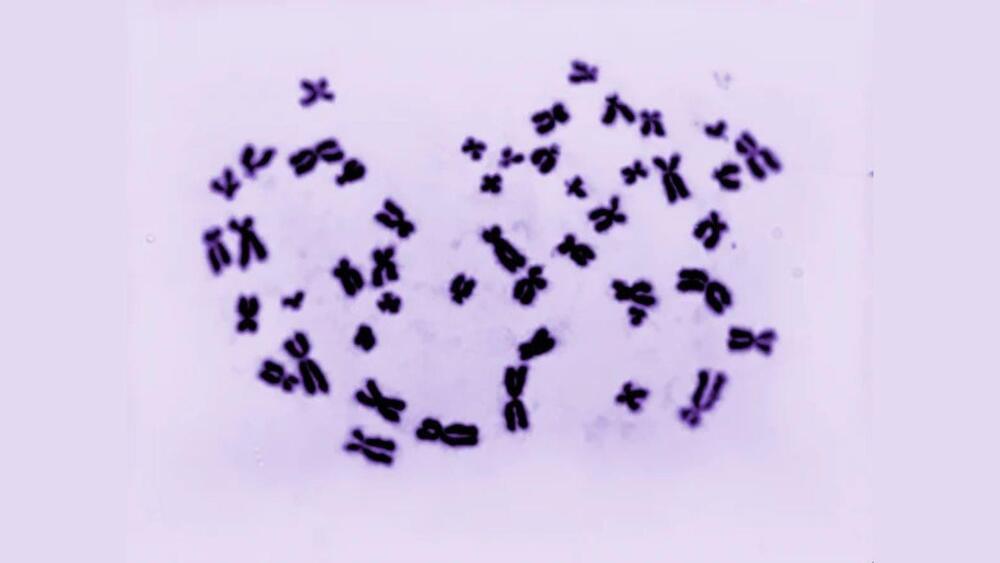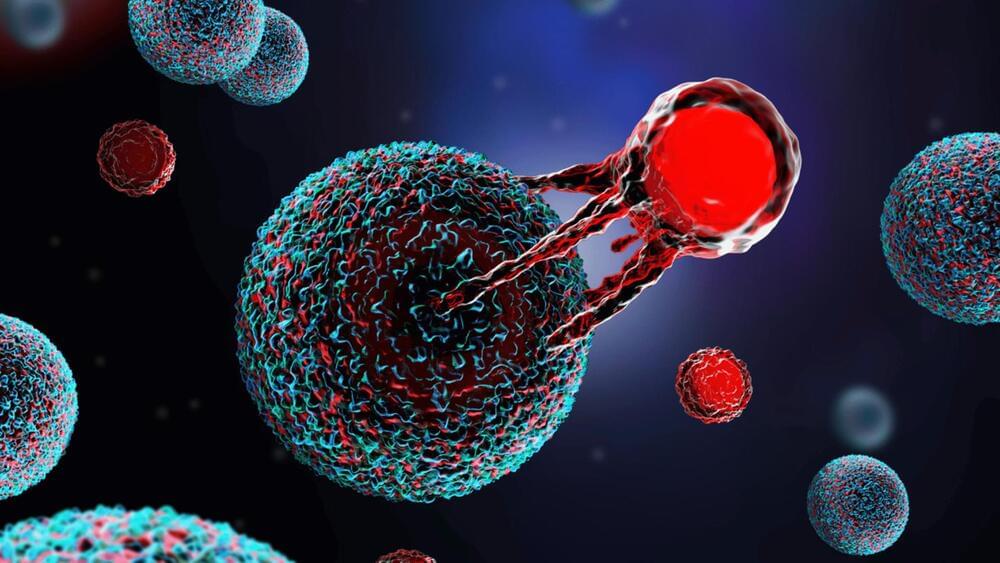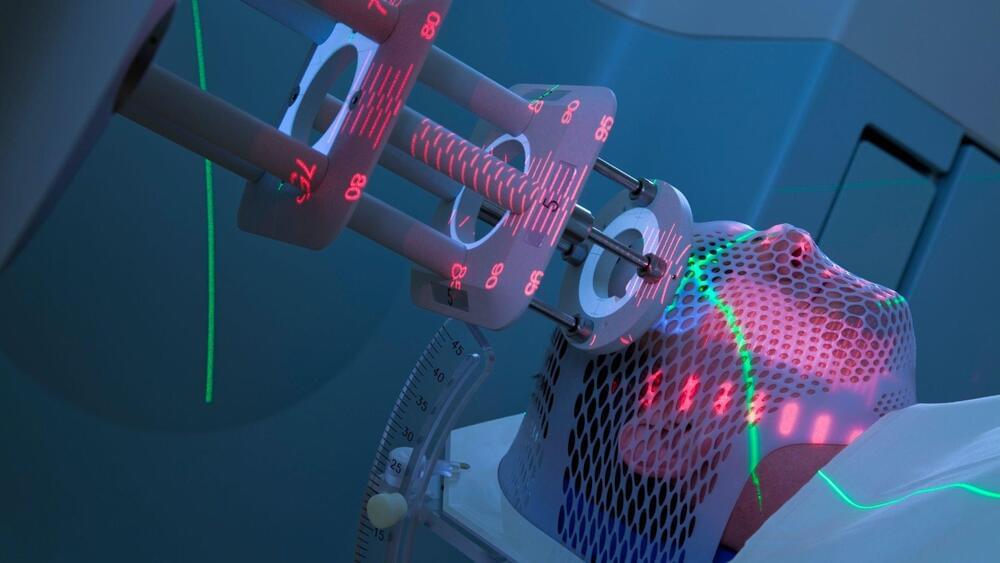This impressive achievement could potentially revolutionize how we treat cancer and immunity deficiencies.
Children born with Artemis-SCID face many challenges, from a missing repertoire of T and B cells to reduced resistance against chemotherapy used in bone marrow transplants. Additionally, malfunctioning DNA repair mechanisms increase the risk of developing graft-versus-host disease, where the donor’s immune system attacks host tissues.
That’s why researchers are trying everything to find an antidote for such a rare genetic disease and have now turned to gene therapy to treat Artemis-SCID. Gene therapy eliminates the need for donor cells.
Infant gene therapy – a breakthrough to save Artemis-SCID children
In a recent medical breakthrough, scientists have discovered how to use gene therapy to treat babies born with Severe Combined Immunodeficiency (SCID), or “bubble boy syndrome,” without needing immune-suppressing drugs.
This new innovation has proven to be potentially life-changing for infants suffering from rare diseases, giving them an exponentially improved chance of leading a relatively healthy and normal life.






